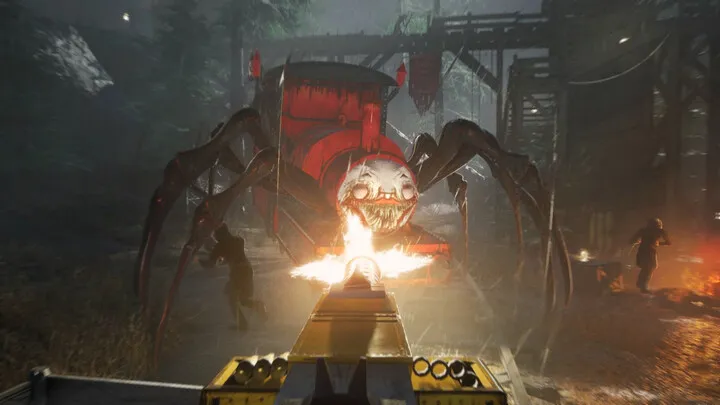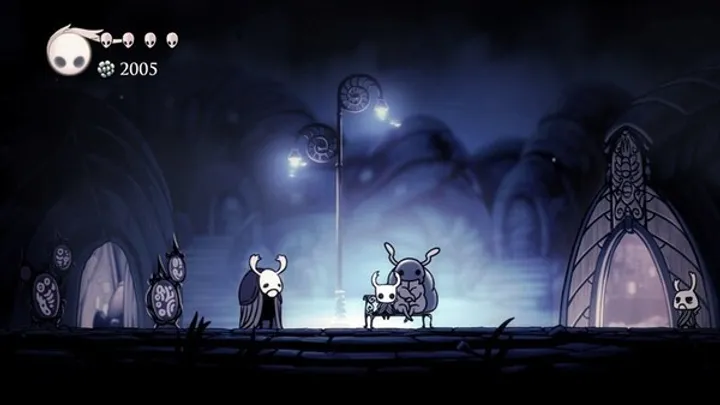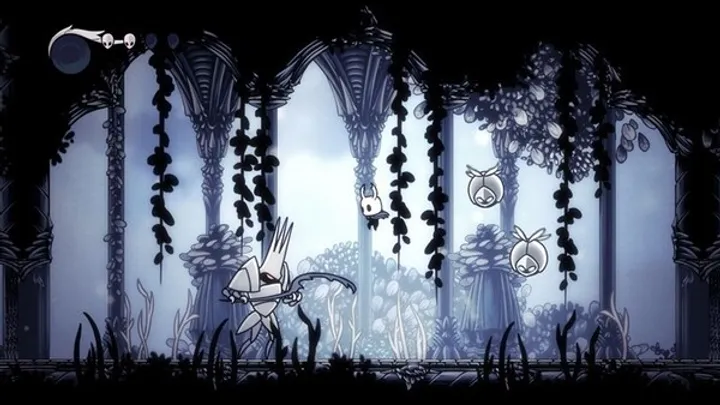Introduction
The Dragon Ball Z game universe spans numerous titles — from fighting classics like Budokai Tenkaichi and FighterZ to open-world adventures like Kakarot.
Across them all, one truth remains: mastering combat, energy management, and timing is the key to victory.
Whether you’re a casual player or a die-hard Saiyan fan, learning the fundamentals of DBZ-style combat can drastically elevate your gameplay.
This guide covers essential mechanics, advanced fighting techniques, team composition, and mental strategy — everything you need to go from rookie to Super Saiyan-level champion.
1. Getting Started: Understanding the Core of Dragon Ball Z Combat
Dragon Ball Z games focus heavily on fast-paced combat, energy management, and momentum control. The moment-to-moment gameplay rewards reaction speed, but also patience and resource discipline.
In any DBZ game, you have three fundamental pillars:
- Ki (energy used for super attacks and transformations)
- Stamina (used for dodging, vanishing, and blocking)
- Health (obviously — lose it, and you’re out)
Your first goal as a player should be understanding how each system feeds the other. For example, reckless Ki use leaves you unable to vanish or defend effectively. Over-guarding depletes stamina fast, leaving you open to big damage.
Learning pacing — when to attack, when to block, and when to charge — separates a button-masher from a real fighter.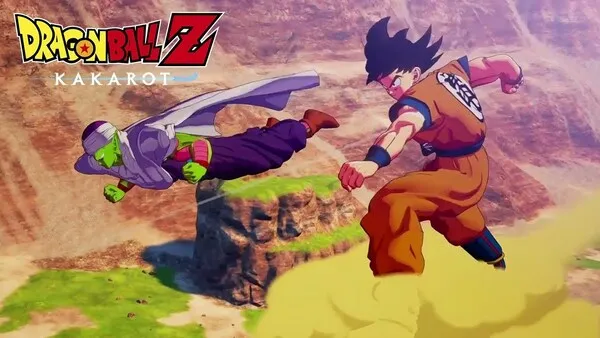
2. Movement and Positioning: Controlling the Arena
Ground vs. Air Combat
Dragon Ball Z battles often shift between ground and aerial zones.
Each has advantages: ground fighting gives faster access to melee combos, while aerial combat offers range and movement freedom.
Dash Cancels and Step Movement
Mastering quick dashes and step cancels allows you to evade attacks or close distance instantly.
Try to combine movement with attacks — a fast forward dash followed by a light combo keeps pressure up while staying unpredictable.
Reading Opponent Movement
Don’t just react — predict. Observe how your opponent dodges or moves after attacks.
If they always retreat upward, bait them with a fake Ki blast, then chase with a teleport combo.
Movement mastery makes even weaker characters feel powerful.
3. Mastering Ki and Energy Control
Charging and Conservation
Ki fuels everything — energy waves, transformations, teleports.
Beginners tend to overuse flashy moves and run out mid-battle.
Instead, keep a reserve of Ki for emergencies (at least one bar). You never know when you’ll need an instant vanish.
Ki Cancel Techniques
In advanced DBZ titles, you can cancel attacks into Ki Blasts or teleports, creating fluid combos.
Experiment with transitions between melee strings and Ki attacks — it keeps opponents guessing.
Efficient Transformations
Transforming into Super Saiyan, Kaioken, or Golden Form boosts power but drains Ki or stamina over time.
Transform only when you can maintain it. A tired Super Saiyan is an easy target.
4. Attack Variety and Combos
Light, Heavy, and Special Attacks
Every fighter has a blend of light, heavy, and special attacks.
Use light attacks for speed and chaining, heavy attacks for breaking guards, and specials to finish combos.
Combo Routes and Timing
Practice “combo routes” — fixed sequences that always connect when timed right.
For example:
- Light > Light > Heavy > Ki Blast
- Dash Cancel > Light Combo > Ultimate Attack
Repetition builds muscle memory. Don’t rely on random button inputs — structured combos are consistent and reliable.
Guard Breaks and Counter-Hits
Guard-breaking moves crack through opponents’ defenses. Learn when to bait them into blocking too long, then punish with a guard break followed by an Ultimate.
5. Defense, Dodging, and Countering
Blocking and Perfect Guards
Blocking reduces incoming damage, but Perfect Guards (timing your block exactly as you’re hit) can nullify damage and open counter windows.
Practice blocking right before impact instead of holding guard constantly.
Vanishing and Teleports
Vanish techniques consume stamina but can completely turn the tide — disappearing behind your opponent mid-combo and punishing them.
Don’t spam vanish; the stamina drain can cost you the fight later.
Counter-Attacks
Certain moves act as counters — striking when an opponent hits you.
Knowing which characters have counter abilities adds a psychological layer to fights. You can bait reckless players into hitting your counter setup.
6. Character Selection and Team Composition
Understanding Fighter Archetypes
Characters in DBZ games often fit archetypes:
- Balanced Fighters – Goku, Trunks: Good all-around stats
- Power Types – Broly, Nappa: High damage, slow movement
- Speed Types – Vegeta, Gotenks: Fast attacks, weaker defense
- Technical Fighters – Hit, Android 17: Require timing mastery
Choose based on your preferred rhythm — fast and aggressive or methodical and strategic.
Building a Team (for tag or assist-based titles)
If you’re playing a team fighter like Dragon Ball FighterZ, team synergy is key.
Combine:
- A strong point fighter (early pressure)
- A support/assist with good defense
- A closer with high burst damage
Balanced team composition wins more matches than raw character power.
Learn One Main and Two Backups
Even solo games reward adaptability. Knowing a few fighters ensures you can handle varied matchups and enemy playstyles.
7. Training and Practice Routines
Using Training Mode Effectively
Training Mode isn’t just for combos — it’s for understanding game systems.
Work on:
- Reaction speed to vanishes
- Combo consistency under pressure
- Defensive movement drills
Record AI sequences to simulate real opponents and practice your responses.
Daily Skill Focus
Break practice into small daily goals:
- Day 1: Ki management drills
- Day 2: Aerial combo practice
- Day 3: Perfect guard timing
- Consistent short sessions are better than rare long ones.
Mental Training
Patience is key. Many players tilt after a few losses and start mashing.
Train your mindset — losing a round teaches you more than winning a lucky one.
8. Advanced Tactics and Psychology
Baiting and Conditioning
The strongest fighters don’t win by brute force — they manipulate opponents.
Throw the same combo twice, then change timing the third time to bait a dodge or counter.
Zoning and Pressure
Use ranged attacks to force movement. Control the arena by zoning with Ki Blasts or beams, then punish predictable reactions.
Momentum Control
In DBZ fights, momentum swings fast.
When you have advantage, press — don’t let your opponent recover. When behind, reset distance and rebuild Ki before re-engaging.
Reading Opponents
Watch habits. Do they teleport too early? Always dash left? Exploit patterns until they adjust — then change yours.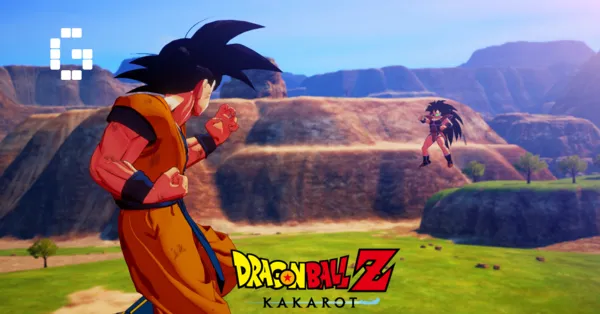
9. Story, Side Quests, and Power Progression (For Adventure Titles)
Leveling Efficiently
In RPG-style DBZ games like Kakarot, focus on completing training missions and Z-Orb upgrades before tackling main quests. They offer stat boosts and unlock new combos.
Side Quests Worth Doing
Many side quests grant permanent buffs, new transformations, or combo extensions.
Prioritize those over generic fetch tasks — they provide real combat improvements.
Equipment and Items
Equip items that boost Ki recovery or defense. Healing items are your safety net; always restock before major fights.
Balanced loadouts make difficult boss battles manageable.
10. Competitive Mindset and Continuous Growth
Understanding Match Flow
Every fight follows a rhythm: neutral game → hit confirm → combo → reset.
Mastering transitions between these phases makes you unpredictable and dominant.
Adapting Between Matches
If you lose, analyze why:
- Did you overuse Ki?
- Was your defense predictable?
- Did you transform too early?
Adapt mid-match — the player who adjusts first usually wins.
Learn From Stronger Players
Watch tournaments or online matches. Study how experienced players move, punish, and condition opponents.
Incorporating just one of their techniques can transform your playstyle.
Keep the Spirit of a Saiyan
The heart of Dragon Ball Z isn’t just fighting — it’s constant self-improvement.
Approach every match as training. Even in defeat, your experience bar rises.
Conclusion
Dragon Ball Z games capture the essence of power, perseverance, and progression.
Winning consistently isn’t about spamming Kamehamehas — it’s about understanding movement, energy flow, and psychology.
From the first Ki charge to your final transformation, every battle tests your mastery of balance and control.
Stay calm, adapt, and refine your craft — that’s the true Saiyan path to victory.
Train hard, fight fair, and remember: even Goku started from the basics before reaching godhood.










